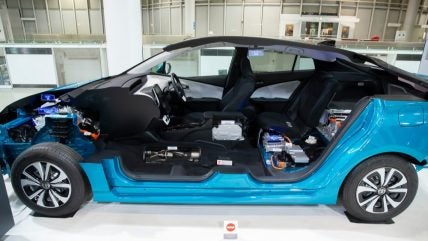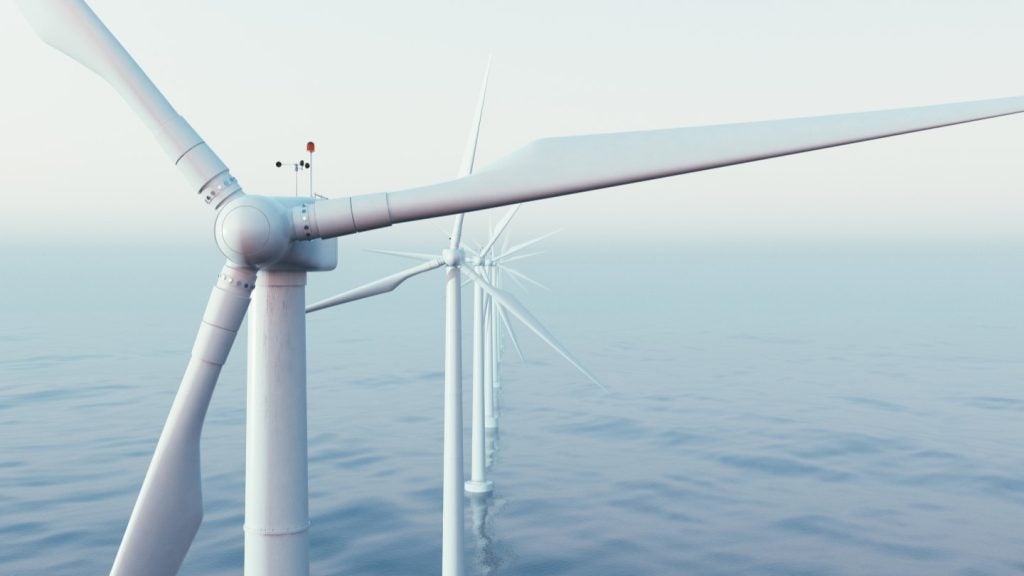
Consumer purchasing habits are demonstrating a growing preference for hybrid vehicles, a bridge technology which mitigates fears of dead batteries and limited charging opportunities associated with electric vehicles (EVs).
The trend has sparked a shift away from battery electric vehicle (BEV) ambitions, with Mercedes-Benz being the most recent carmaker to reconsider its electrification goal. The company had expected that 50% of sales would be comprised of electrified vehicles by 2025, but has now delayed the target until 2030.
The slowing European BEV market
Despite the recent assertions of BMW’s chief financial officer that the BEV market has reached a “tipping point” and that “future volume growth will primarily come from battery electric vehicles,” growth in the BEV market is slowing.
2023 saw global growth of 35% year on year in the sale of passenger vehicle (PV) BEVs, driven primarily by China, where 10.3 million units were sold across the country’s BEV and plug-in hybrid electric vehicles (PHEV) markets. However, demand has been falling across European and US markets, as high price points have deterred consumers.
Of the reasons behind Europe’s slowing growth in his recent report, GlobalData analyst Al Bedwell tells Just Auto: “The European BEV market is undergoing a period of slow growth as financially stressed buyers are deterred by high sticker prices, and, of course, range and charging anxiety remains an issue for many prospective BEV drivers.”
See Also:
The high sticker prices are thanks to the expenses associated with BEV development, exacerbated as European brands have primarily innovated in the premium sector. European campaign group Transport and Environment noted that 75 BEV models are available for under €20,000 in China, compared to one in Europe, reporting that: “The disproportionate focus of carmakers towards larger, more premium models has resulted in high prices for BEVs in Europe.”
How well do you really know your competitors?
Access the most comprehensive Company Profiles on the market, powered by GlobalData. Save hours of research. Gain competitive edge.

Thank you!
Your download email will arrive shortly
Not ready to buy yet? Download a free sample
We are confident about the unique quality of our Company Profiles. However, we want you to make the most beneficial decision for your business, so we offer a free sample that you can download by submitting the below form
By GlobalDataIt continued: “While the average BEV price has fallen in China by over 50% since 2015 thanks to, in part, a greater focus on affordable mass market EVs and supply chain integration, the average European BEV price has increased by €18,000, illustrating how different OEM strategies can lead to very different outcomes for consumers.”
The story is different in China, where BEV industry subsidies have boosted the industry significantly, with TS Lombard reporting that the Chinese government support totalled upwards of an estimated US$130bn between 2009 and 2021. This resulted in Chinese cars outstripping foreign brands in China – the largest market worldwide – for the first time in decades.
China’s success poses a threat to European manufacturers, as at least 20 Chinese EV firms plan to sell abroad, including Nio, GAC, Great Wall Motors, Geely and SAIC. TS Lombard reported that Chinese BEVs are competitive because “their unbeatable value proposition is price, with Chinese-made budget cars that could be one quarter cheaper than average European brands even with the EU’s current 10% auto import tariff, aided by China’s lower labour costs and dominance of the EV battery supply chain.”
Why PHEVs and FHEVs have found success
Bedwell’s report considered the changing market, and the success full hybrid electric vehicles (FHEVs) have found: “Regional sales of full hybrid cars, almost exclusively gasoline fueled, have doubled over the last three years and are currently running at circa 300k units per quarter. While there are more players in the market than there were three years ago, it’s not just greater availability that’s driving demand. Drivers of diesel cars reaching the end of lease or ownership terms are likely to find that the choice of cars with that fuel type has diminished since they last changed their vehicle.”
PHEVs are also an option for consumers looking to upgrade, however the high price point paired with concerns around the availability of charging stations has created some resistance.
Yet both have seen success: GlobaData analysis found that PHEV sales were up 39% in 2023, reaching 3.7 million units, whilst FHEV saw a 30% year on year increase driven by markets outside of China. It noted that these were “buyers wanting efficiency, but not wanting or able to afford a plug-in.”

Some companies have seen particular success in the FHEV sector, with Japanese automaker Toyota leading in the industry. Renault, Hyundai, Honda and Ford have also made inroads into the market, although Toyota indubitably dominates.
Bedwell points out, however, that “what is noticeable of course, is, Renault excepted, that none of the significant players in this cohort is a European group.”
He posits that this could be attributable to the likely brevity of the FHEV market window. Although BEV growth is slowing, it is still set to account for over 70% of car sales in Europe by 2030; FHEVs are an effective bridge technology in the transition, but their role will be short-lived. Companies including Volkswagen and Stellantis have currently chosen not to enter the market, with this perhaps in mind.







